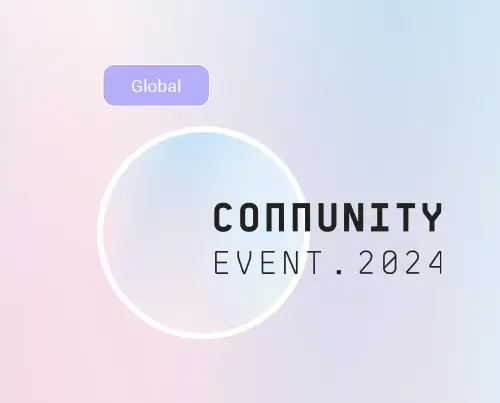The second meeting held from the Japanese community using Body Interact, joined speakers from Japan, Portugal and Norway, and participants from other points of the Globe, organized by Uchida.
Professor Ichiro Kaneko, from Teikyo University School of Medicine was the host of the meeting and introduce both the speakers and the agenda of the 2nd Community for Body Interact in Japan (CBIJ):
- Opening remarks by Professor Kaneko, from Teikyo University
- Greetings from Pedro Pinto, Take The Wind CEO
- Presentation by Dr. Hugrun Ösp Egilsdottir, from University of South Eastern Norway (USN)
- Presentation by Dr. Shintaro Suzuki, from Showa University
- Presentation by Dr. Ryosuke Miyamichi, from Jikei University School of Medicine
- Introduction of Virtual Patient Challenge Japan, by Uchida, Body Interact partners in Japan
- General discussion.


Pedro Pinto, Take The Wind CEO, was the first speaker and mentioned that the Japanese community was the starting point for a series of Communities of Practices (CoP) that have been held so far and will occur in the forthcoming times.
Pedro Pinto showcased a bit the new features users will be able to find in the near future:
- New physical examination features and exams
- Multiplayer feature
- Brand new clinical scenarios
Take The Wind CEO also introduced the concept of Flipped Classroom, Blended Learning and Simtegration.
Many novelties for 2022!

Professor H. Ösp, from USN, presented an insightful presentation about Rethinking the role of the facilitator in Virtual Simulation – Revealing the level of knowledge, clinical reasoning and critical thinking.
We could see from the publications mentioned the intense activity and focus on simulation, and in particular Virtual Simulation, that the team in which Professor Ösp is part of at USN has been working on.
USN has been using Body Interact since 2009 in different educational levels:
- Bachelor level
- Professional development
- Master level
And across various settings:
- Large groups in the teaching theater
- Medium size groups in classrooms
- Small groups in the simulation center
- Online through platforms like Zoom
- Individual student use
- Small groups around Body Interact table
Professor Ösp revealed that both teachers and students greatly enjoy using Body Interact software.
COVID-19 pandemic challenged Professors’ Ösp and team to redesign a clinical course for which the structure is presented:
For the virtual simulation session, groups were composed with 8-10 students who were organized into two groups: one with a more active role and the other with an observer role.
The sessions were composed of 3 stages, each with its predefined learning outcomes:
- Pre-briefing of the virtual patient case,
- Encounter with the virtual patient, simultaneously combined with in-depth reflections in-action and on-action, and discussions,
- Evaluation of session
For this structure USN applied, Professor Ösp defend that the role of the facilitator in the virtual simulation because the “Human in the loop” adds a value to achieving the learning outcome in the virtual simulation”.
She believes “the focus is not to solve the clinical case provided by the virtual patient”. “The most relevant intervention by the facilitator is to stop the simulation and engage in a Socratic communication, peeling the ‘layers’ of the clinical case”, comments the professor.
The goal with this Socratic communication is to “stimulate critical thinking and reflection both in action and on actions” and as outcomes she mentioned:
- Ongoing discussion and reflections between the nursing students and the facilitator
- Exploration of cognitive thinking processes and reasoning to strengthen the embeddedness of professional knowledge
- Catching and understanding clinical cues in order to be able to act accordingly to promote patient safety
- Critical thinking and awareness of own clinical practices
- Foster preparedness for professional practice and how to think and speak like a nurse
Attendees appreciated greatly the content presented, and one of the attendees questioned about role of the facilitator regarding the psychological component.
According to the speaker, the teacher may be helpful to create the psychological safety space, so that insecurities don’t become a barrier to learning and to the simulated experience.
Body Interact in the integrated curriculum followed as the presentation by Dr. Shintaro Suzuki, from Showa University. In this presentation horizontal and vertical integration of Body Interact in the Medical curriculum was detailed.

Professor Ryosuke Miyamichi, from the School of Medicine from Jikei University presentation ended the line-up of speakers’ presentations.
Lastly, Take The Wind partner in Japan, Uchida presented the Virtual Patient Challenge proposed for students for the Spring of 2022.
More info can be found on Virtual Patient Challenge Japan website.

by Daniela Abreu – Body Interact Instructional Designer








